Home>Dining>Events & Etiquette>When Should Kids Have Good Table Manners, According To John Rosemond?


Events & Etiquette
When Should Kids Have Good Table Manners, According To John Rosemond?
Modified: January 9, 2024
Learn when kids should develop good table manners based on John Rosemond's advice. Find out more about events etiquette.
(Many of the links in this article redirect to a specific reviewed product. Your purchase of these products through affiliate links helps to generate commission for Storables.com, at no extra cost. Learn more)
Introduction
Table manners are an essential aspect of etiquette that plays a significant role in social settings. Having good table manners is not only a sign of respect and courtesy, but it also reflects a person’s upbringing and sophistication. While table manners are important for everyone, it is crucial to instill these values in children from a young age. Teaching kids proper table manners helps them develop important social skills, builds their confidence, and prepares them for various formal and informal events throughout their lives.
When it comes to teaching table manners to kids, John Rosemond is a renowned authority on parenting and discipline. As a family psychologist and syndicated columnist, Rosemond has shared his expert insights on a wide range of parenting topics, including the importance of table manners. In his advice, Rosemond emphasizes the significance of teaching children good table manners early on to set them up for success in social interactions.
In this article, we will explore John Rosemond’s perspective on table manners for kids and provide age-specific guidelines and practical tips for parents to teach these essential skills to their children. Whether you are a parent, guardian, or educator, this article aims to equip you with the knowledge and tools necessary to cultivate good table manners in the young ones under your care.
Key Takeaways:
- Instill good table manners in kids early to develop social skills, respect, and self-discipline, setting them up for success in various settings throughout their lives.
- Teaching table manners requires patience, consistency, and positive reinforcement, creating a foundation for mindful, respectful individuals with lifelong values.
Importance of Good Table Manners
Good table manners are more than just a set of rules to follow during mealtime. They are a reflection of a person’s respect, consideration for others, and self-discipline. Here are some key reasons why teaching kids good table manners is crucial:
- Social Skills: Table manners are an integral part of social etiquette. By teaching kids proper table etiquette, we help them navigate social situations with confidence and ease. Good table manners enable children to engage in conversations, make eye contact, and express themselves appropriately, leading to meaningful connections and positive social interactions.
- Respect and Consideration: Practicing good table manners teaches children to be respectful and considerate of others. When kids learn to wait their turn, listen to others, and use polite language, they develop empathy and understanding, fostering inclusive and harmonious environments at home and in public settings.
- Self-Discipline: Consistently practicing good table manners requires self-discipline and self-control. Teaching kids to sit properly, chew with their mouths closed, and use utensils appropriately instills discipline and self-regulation. These skills extend beyond the dining table, positively influencing their behavior and decision-making in various aspects of life.
- Professionalism: As children grow older and prepare to enter professional settings, good table manners become more important than ever. Business lunches, networking events, and formal dinners are common occurrences in the professional world, and having impeccable table manners can leave a lasting impression and open doors to opportunities.
- Health and Safety: Good table manners also contribute to health and safety. Kids who practice proper hygiene, such as washing hands before meals and using napkins, reduce the risk of spreading germs. Additionally, using utensils correctly minimizes the chances of accidental injuries while eating.
By teaching children good table manners, we provide them with essential life skills that go beyond the dining table. These skills contribute to their overall personal development and lay the foundation for successful relationships, professional growth, and contributing positively to society.
John Rosemond’s Perspective on Table Manners for Kids
John Rosemond, a renowned family psychologist and parenting expert, emphasizes the importance of teaching children good table manners from an early age. According to Rosemond, instilling proper table etiquette in children is a critical part of their development and sets them up for success in social situations.
Rosemond believes that table manners should be taught as early as a child can sit at a table and eat solid food. He suggests starting with simple expectations, such as using utensils instead of hands and sitting properly in a chair. As children grow older, parents can gradually introduce more specific rules, such as chewing with their mouths closed and waiting for everyone to be served before beginning to eat.
One key aspect of Rosemond’s approach is setting clear expectations and consistently enforcing them. He suggests parents establish non-negotiable rules for table manners and hold their children accountable for their behavior. By maintaining consistency, parents can establish a routine and help children internalize good table manners as a natural part of their behavior.
Rosemond also emphasizes the importance of leading by example. Children learn best by observing the behavior of adults around them, so it’s essential for parents and caregivers to model good table manners themselves. By demonstrating proper etiquette and reinforcing it consistently, adults play a vital role in shaping children’s understanding and practice of table manners.
Furthermore, Rosemond believes that teaching table manners is not just a matter of etiquette; it is also a valuable opportunity to teach children important life skills. He asserts that table manners teach children about patience, sharing, and waiting their turn – skills that are applicable beyond mealtime. Rosemond believes that by consistently reinforcing good behavior and redirecting misbehavior during mealtime, parents can help children develop self-regulation and self-discipline, which are essential for success in various aspects of life.
In summary, John Rosemond emphasizes the importance of teaching children good table manners from an early age. By setting clear expectations, modeling proper behavior, and consistently reinforcing good table manners, parents can help their children develop social skills, self-discipline, and important life skills that will serve them throughout their lives.
Age-Specific Guidelines for Teaching Table Manners
Teaching table manners to children can be done in a gradual and age-appropriate manner. Here are some age-specific guidelines to consider:
- Toddlers (Ages 1-3): Toddlers are just beginning to explore solid food and sitting at the table. Start by teaching basic manners like using utensils, sitting properly in a chair, and keeping food on the plate. Use repetition and positive reinforcement to encourage these behaviors.
- Preschoolers (Ages 4-5): Preschoolers can begin to understand more specific table manners. Teach them to wait for everyone to be served before starting to eat, using napkins, and chewing with mouths closed. Encourage polite language such as saying “please” and “thank you.”
- Early Elementary (Ages 6-8): At this stage, children can grasp more complex table manners. Teach them how to handle utensils properly, pass dishes around the table, and engage in conversations during mealtime. Emphasize the importance of sitting up straight and using appropriate table talk.
- Preteens (Ages 9-12): Preteens can further refine their table manners. Encourage them to assist in setting the table, serve themselves politely, and ask for items to be passed instead of reaching across others. Teach them about formal table settings and dining etiquette for special occasions.
Remember, these age guidelines are approximate, and every child develops at their own pace. Adapt these guidelines based on your child’s individual abilities and maturity level.
Regardless of age, consistency is key when teaching table manners. Set clear expectations, reinforce positive behavior, and gently correct any missteps. Encourage your child to take pride in their table manners and acknowledge their progress along the way.
It’s important to note that teaching table manners is an ongoing process and not something that is mastered overnight. Patience, positive reinforcement, and leading by example are crucial elements in helping children develop good table manners that will serve them well into adulthood.
Start teaching kids table manners as soon as they can sit at the table. Consistent reinforcement and setting a good example will help them develop good habits early on.
Tips for Parents to Teach Table Manners to Kids
Teaching table manners to kids can sometimes be challenging, but with some practical strategies and a positive approach, parents can make the learning process enjoyable and effective. Here are some tips to help you teach table manners to your kids:
- Start Early: Begin teaching basic table manners as soon as your child can sit at the table and eat solid food. The earlier you start, the more natural these behaviors will become for them.
- Lead by Example: Children learn best by observing and imitating their parents and caregivers. Model good table manners yourself, such as using utensils correctly, sitting up straight, and showing respect to others during mealtime.
- Set Clear Expectations: Communicate your expectations regarding table manners to your child. Clearly explain what behavior is appropriate and what is not. Use simple and specific language that is easy for them to understand.
- Make It Fun: Engage your child in activities or games related to table manners. For example, you can have a “manner of the meal” where each family member takes turns practicing a specific table manner. Create fun and memorable experiences around mealtime to reinforce good behavior.
- Provide Gentle Reminders: During mealtime, provide gentle reminders to your child when they forget their table manners. Use positive reinforcement, such as praising them when they remember to use utensils or chew with their mouth closed. Avoid shaming or scolding them, as it can create negative associations with mealtime.
- Practice Table Talk: Encourage your child to engage in polite table talk during meals. Teach them to ask questions, share stories, and participate in conversations. This helps them develop social skills while enjoying mealtime as a family.
- Make Meals a Family Affair: Eating together as a family promotes bonding and provides ample opportunities to teach and reinforce table manners. Use mealtime as a chance to have meaningful conversations, discuss the importance of etiquette, and share experiences and stories.
- Progress Gradually: Introduce new table manners gradually, focusing on one or two at a time. As your child becomes comfortable with those, you can move on to teach additional manners. Breaking it down into small steps makes it more manageable and increases the likelihood of successful learning.
- Practice Outside the Home: Reinforce table manners by encouraging good behavior when dining out or attending social events. Teach your child suitable behaviors for different settings, such as restaurants, family gatherings, or formal occasions.
- Be Patient and Consistent: It takes time for children to develop and internalize good table manners. Be patient with their learning process and understand that there will be occasional lapses. Remain consistent in reinforcing expectations and providing gentle guidance.
Remember, teaching table manners is not just about rules and restrictions; it is an opportunity to foster positive social skills, self-discipline, and respect. By approaching it with a positive and supportive attitude, you can make the learning experience enjoyable and help your child develop lifelong habits of good table manners.
Common Challenges and Solutions in Teaching Table Manners to Kids
Teaching table manners to kids can come with its fair share of challenges. However, with some proactive strategies and problem-solving approaches, these challenges can be overcome. Here are some common challenges parents may face when teaching table manners to their kids, along with their respective solutions:
- Resistance to New Rules: Children may resist or disregard new table manners rules because they are unfamiliar or different from their usual behavior. Solution: Introduce new rules gradually and explain the importance and benefits of practicing them. Engage your child in a conversation, actively listening to their concerns and thoughts, and provide reassurance and positive reinforcement as they adapt to the changes.
- Lack of Focus and Restlessness: Young children may find it challenging to sit still and focus during mealtime, resulting in difficulty following table manners. Solution: Keep mealtime engaging by including age-appropriate conversation topics or interactive elements such as storytelling or simple games. Set realistic expectations based on your child’s age and gradually increase their ability to sit for longer periods.
- Forgetfulness: Children, especially younger ones, may often forget to use proper table manners. Solution: Provide gentle reminders and visual cues, such as placing a reminder card at the table or using a designated prop for keeping manners in mind. Consistently reinforce positive behavior by praising them when they remember and gradually reducing reminders as they internalize good habits.
- Peer Influence: Kids may imitate the table manners of their friends or peers, which might not align with the manners taught at home. Solution: Foster open communication with your child about the differences they observe and explain the family’s expectations for table manners. Emphasize that different households may have varying rules, but it’s essential to maintain consistency with the values practiced at home.
- Mealtime Power Struggles: Children may engage in power struggles during mealtime, testing boundaries and refusing to follow table manners. Solution: Maintain a calm and authoritative approach. Clearly communicate the non-negotiable rules and consequences for misbehavior. However, try to avoid turning mealtime into a battleground by providing choices within specific limits and making the overall atmosphere positive and enjoyable.
- Overwhelming Formal Etiquette: Introducing formal table manners for special occasions can be overwhelming for children. Solution: Break down formal etiquette into simple steps and practice them during family meals or role-playing sessions. Make it fun by organizing mock special occasions at home, where everyone gets to practice their formal table manners in a lighthearted and supportive environment.
Remember that each child is unique, and it’s normal to encounter occasional challenges along the way. Patience, consistency, and a positive attitude are key in navigating these challenges and helping your child develop good table manners that will serve them well in various settings.
Conclusion
Teaching good table manners to children is an important aspect of their social and personal development. By instilling proper table etiquette from an early age, parents and caregivers are equipping kids with valuable life skills that will benefit them throughout their lives.
In this article, we explored the perspective of John Rosemond, a renowned authority on parenting and discipline, who emphasizes the significance of teaching children good table manners as an essential part of their upbringing. We discussed the importance of table manners in developing social skills, respect, self-discipline, and professionalism.
Age-specific guidelines were provided to help parents tailor their approach to teaching table manners based on their child’s developmental stage. Additionally, practical tips were offered to support parents in their efforts, such as leading by example, making meals fun, and providing gentle reminders.
We also addressed common challenges that may arise when teaching table manners and provided solutions to overcome them, highlighting the importance of patience, consistency, and positive reinforcement in the learning process.
In conclusion, teaching good table manners to children is an investment in their future. By instilling these valuable skills, parents are helping their children navigate social interactions, develop self-discipline, and establish a strong foundation for success in various settings.
So, let’s embrace the opportunity to teach table manners with patience, understanding, and a sense of fun. By doing so, we can shape mindful, respectful, and well-rounded individuals who carry the values of good table manners throughout their lives.
Frequently Asked Questions about When Should Kids Have Good Table Manners, According To John Rosemond?
Was this page helpful?
At Storables.com, we guarantee accurate and reliable information. Our content, validated by Expert Board Contributors, is crafted following stringent Editorial Policies. We're committed to providing you with well-researched, expert-backed insights for all your informational needs.
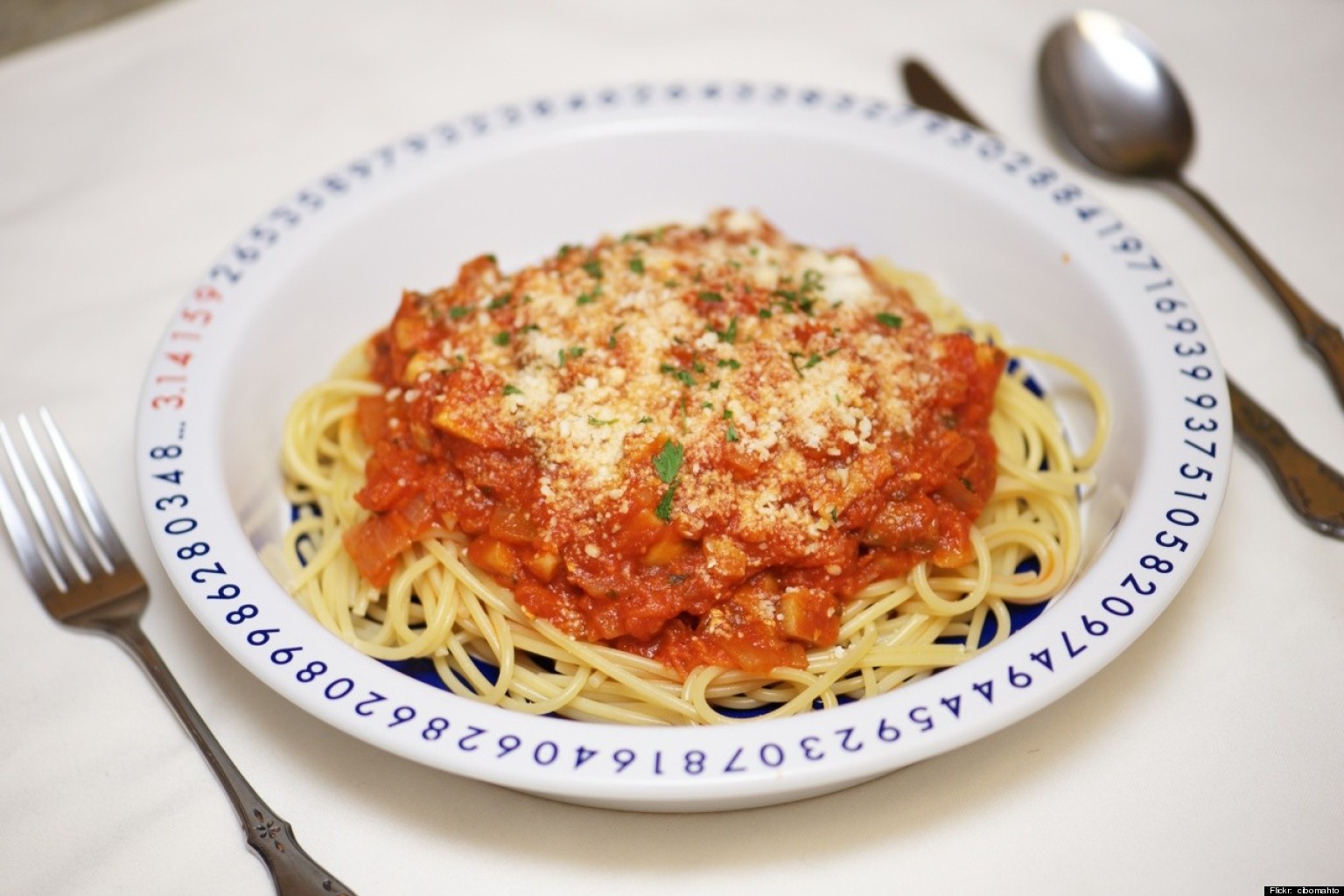


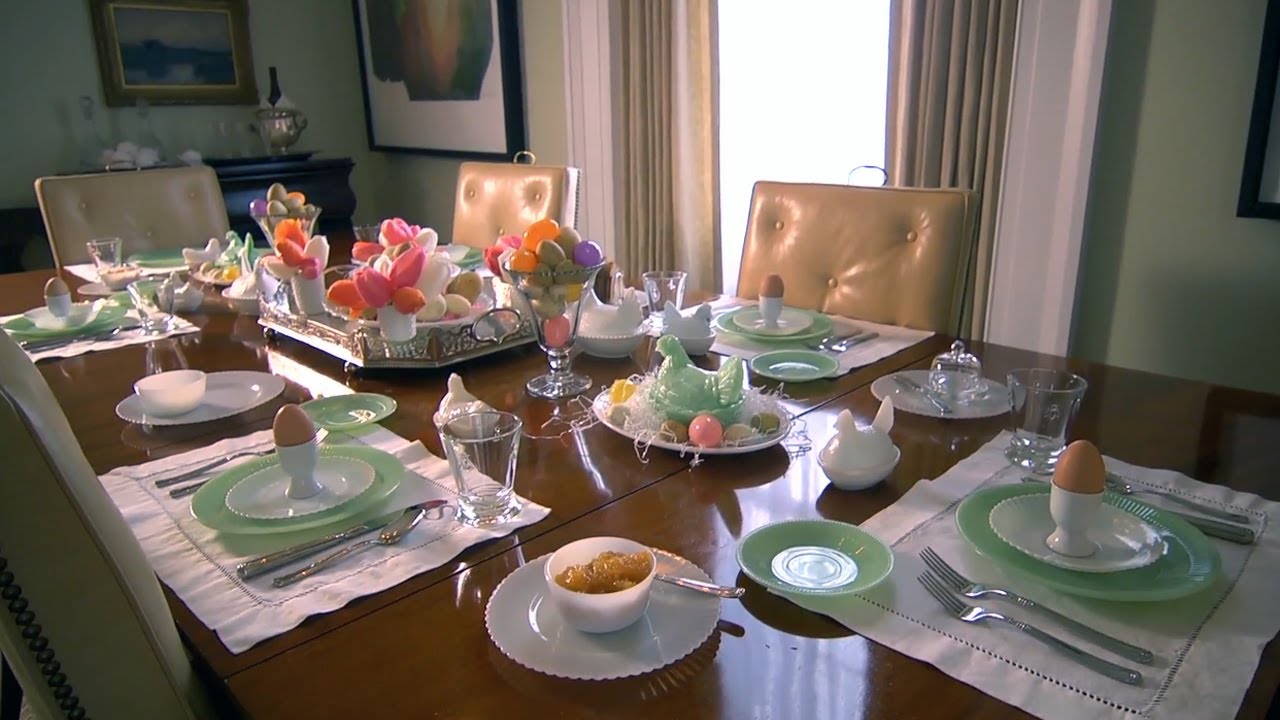

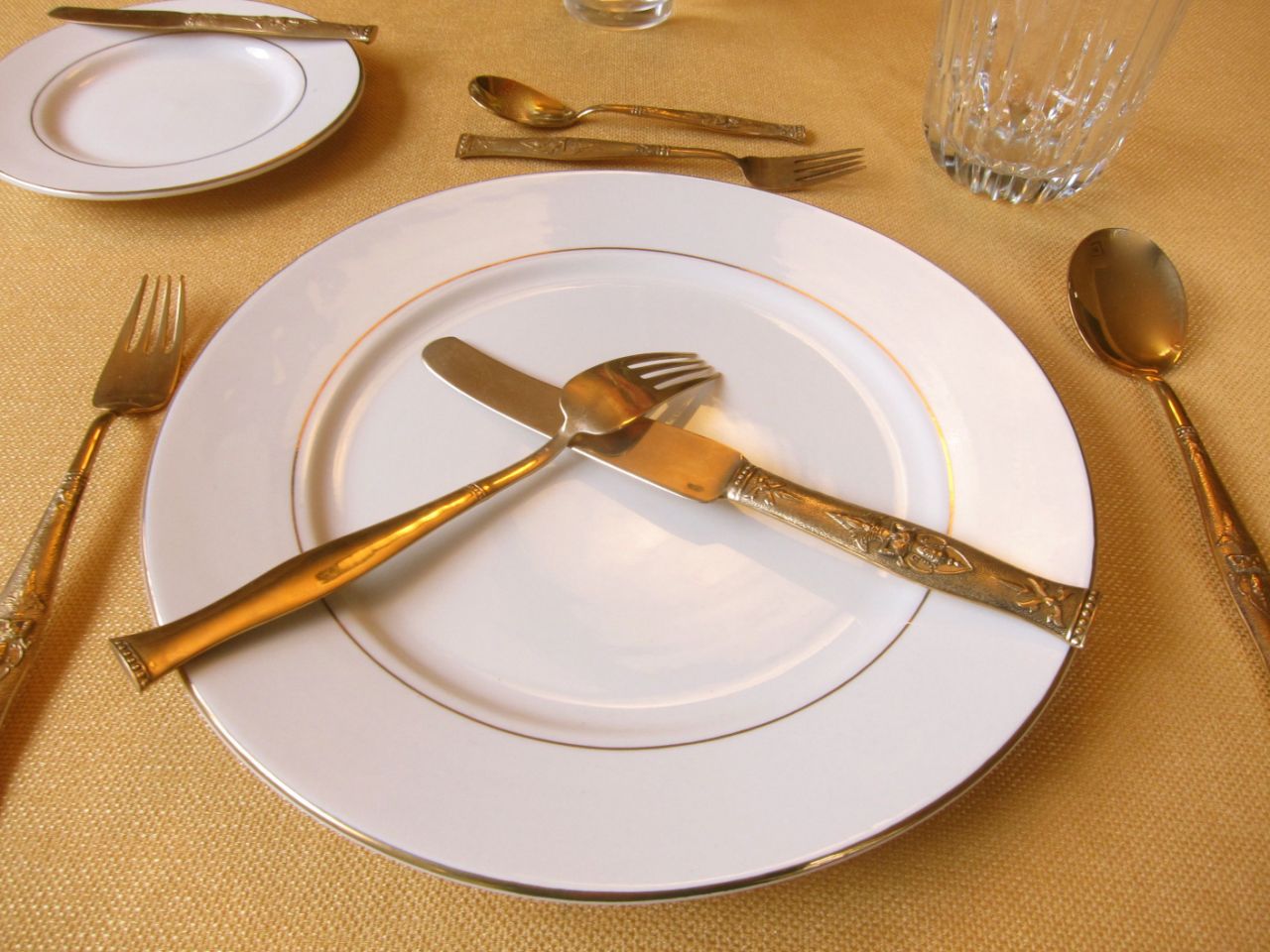

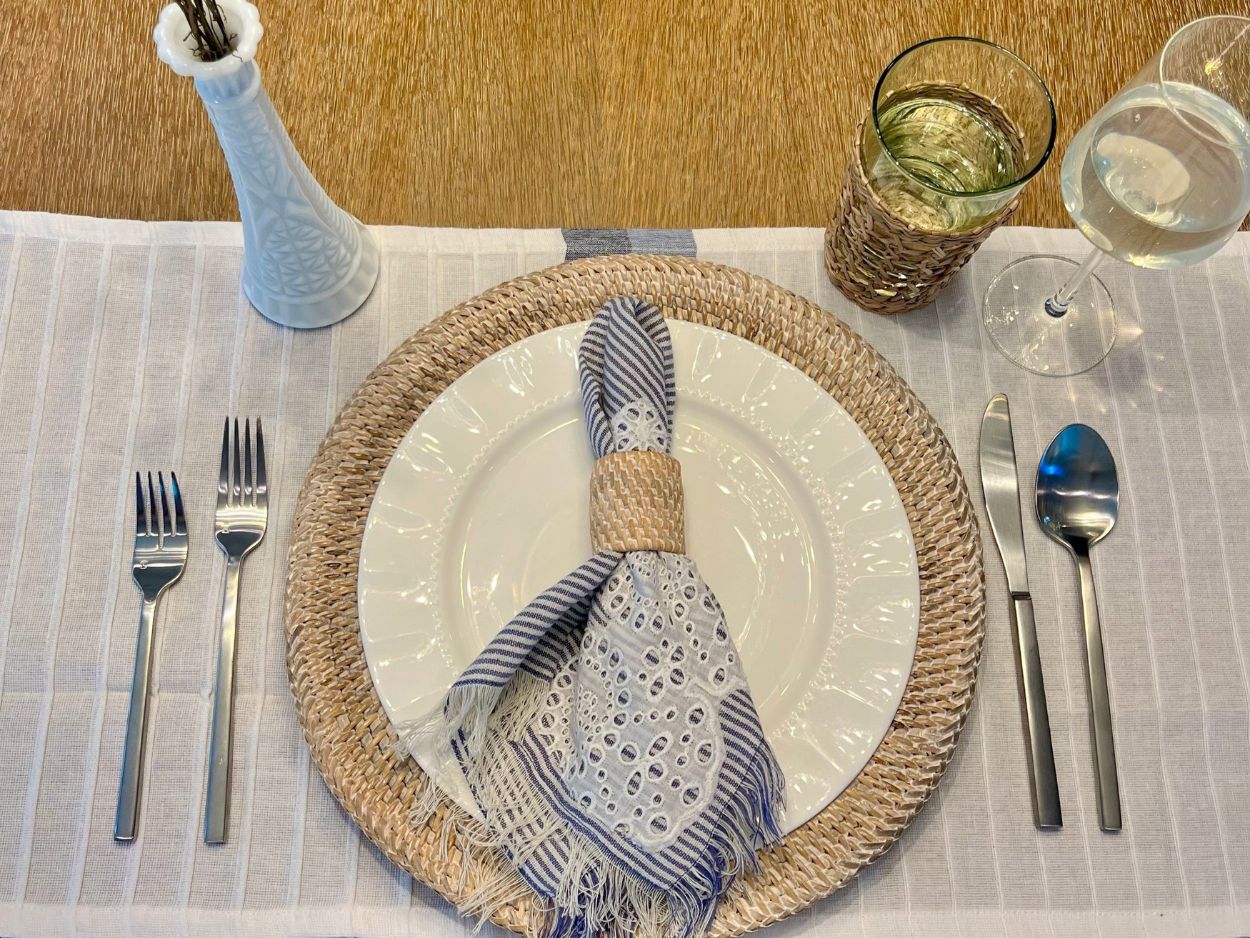


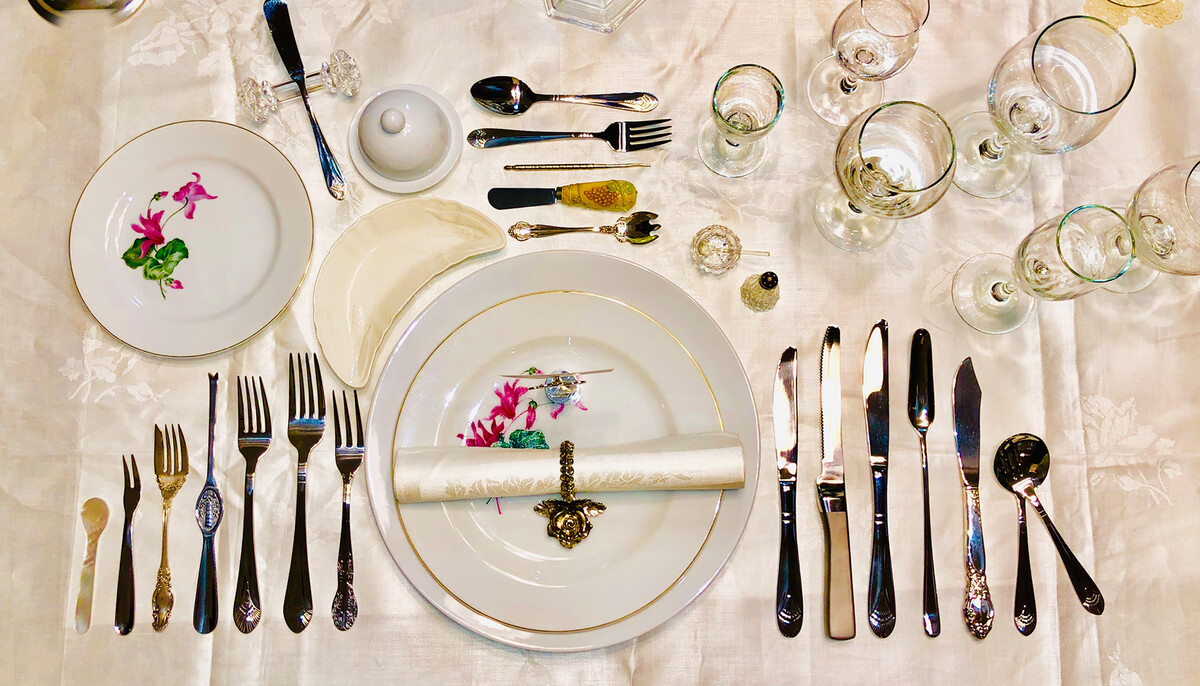




0 thoughts on “When Should Kids Have Good Table Manners, According To John Rosemond?”